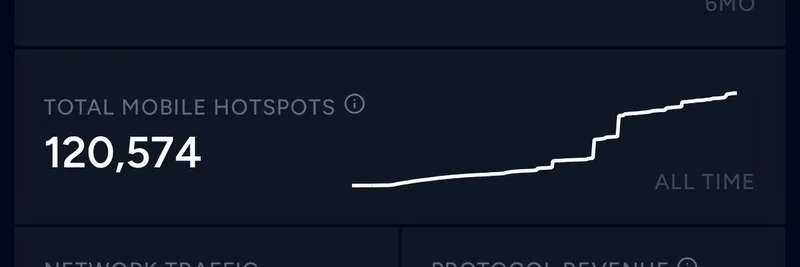In the fast-paced world of crypto, where new projects pop up daily, DoubleZero stands out with its focus on high-performance distributed systems. A recent tweet from the DoubleZero team sheds light on why their native token, 2Z, is more than just another coin—it's the backbone of their Proof of Utility (PoU) model.
Understanding the Need for a Token in DoubleZero
DoubleZero aims to accelerate communication in distributed systems by increasing bandwidth and reducing latency. But why introduce a token? As the tweet explains, the 2Z token aligns incentives around actual network performance rather than speculation. Unlike traditional models that reward holding or computational waste, PoU focuses on "useful connectivity."
The tweet features a video from their Chief Economist, @theshah39, breaking it down in a whiteboard session. He compares popular consensus mechanisms like Proof-of-Stake (PoS) and Proof-of-Work (PoW) to PoU using a simple graph: contributions across types on the x-axis and across time on the y-axis.
Breaking Down Proof-of-Stake and Proof-of-Work
Let's keep it simple—PoS, used in networks like Ethereum, rewards validators based on the amount of tokens they stake. It's great for bootstrapping a network by giving early adopters a big slice of the pie, but it leads to "ossification." That means early stakers dominate forever, and the system doesn't easily adapt to new contributors or different kinds of value. On the graph, PoS sits low on both axes: limited types of contributions and poor adaptability over time.
PoW, the OG model from Bitcoin, is a bit better. It allows latecomers to join by providing more efficient computing power (hash rate). Over time, professional miners with better tech can overtake early players. However, it's still wasteful—miners burn energy on puzzles that don't add real-world value. So, while PoW scores higher on the time axis, it flops on contribution types.
Enter Proof of Utility: A Game-Changer
This is where DoubleZero's PoU shines. It rewards "useful work"—specifically, high-quality, performant connections that beat the public internet on busy routes. Every epoch (a set period), contributors must prove their lines are top-notch to earn rewards. Incumbency or accumulated stake? They mean nothing. If a newcomer delivers better performance, the rewards shift to them.
PoU sits high on both axes: it accepts diverse contributions (not just capital or hash power) and keeps the network dynamic over time. Contributors have to keep investing and improving, or they lose out. This creates a vibrant, ever-evolving ecosystem.
As @theshah39 puts it in the video, "When DoubleZero incumbency means nothing... Every epoch, contributors have to provide high-quality performant lines... If they get beaten by a latecomer, then so be it."
Community Reactions and the Bigger Picture
The tweet sparked a mix of reactions. Some users praised the innovative approach, but others were skeptical, calling out potential token dumps or questioning the foundation's sales. Comments like "You’ve burned 5 tokens since launch lol" and "just to dump it on people head" highlight the typical crypto drama around token unlocks and perceived scams. Yet, this discourse shows the passion in the space—people care about real utility.
For blockchain practitioners, DoubleZero's model could inspire future projects. In a sea of speculative meme tokens, 2Z emphasizes measurable performance, making it a standout in DePIN (Decentralized Physical Infrastructure Networks). With a market cap hovering around $1.5B and listings on major exchanges like Binance and Coinbase, it's gaining traction.
If you're building or investing in crypto, keep an eye on PoU. It might just redefine how we think about token incentives.

